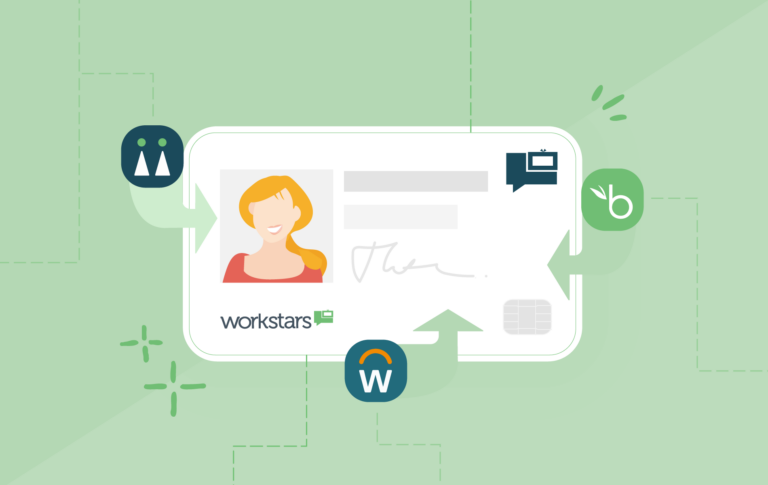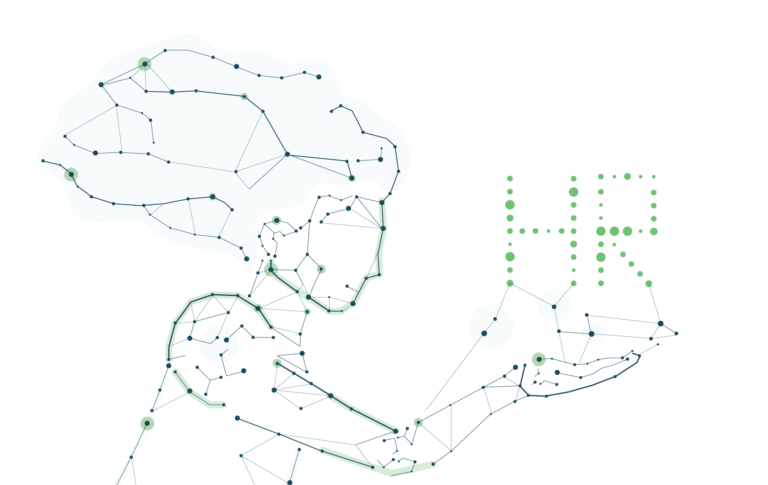Can social recognition make change management more effective?
Businesses know just how hard it is to make change stick. Many change programmes don’t deliver on what they aim to achieve.
The barriers are often things like a lack of management or employee support – or even worse, active resistance. And companies often have several programmes on the go at any one time which can make change management even tougher.
As a result businesses are looking for ways to make change more sustainable. Social recognition could be one of those ways.
Social recognition encourages sustained behavioural change
During change, managers need to regularly communicate with their employees. In the past, workshops and briefings have been used in an attempt to manage the conversation around change. But this is hard to do – both from a time perspective but also geographically depending on the location of employees. And remember the fact that a large amount of the change impetus is lost the minute people walk out of the workshop door.
The ongoing conversation via social recognition provides a dynamic way to make sure people constantly feel involved. It acts as a real time way of providing feedback. That reinforces the right behaviours and amplifies them across the business. Gradually behaviours are shaped into ones that support the change goal: considerably more effective than telling employees they must switch new behaviours ‘on’.
Social recognition makes change meaningful through a sense of ownership
The conversation generated through social recognition makes it clear to employees how their contributions support the change activity and gives a greater sense of purpose and ownership in the change process. Social recognition is driven by peers; this peer to peer interaction creates a strong sense of teamwork and an appreciation that efforts are part of meaningful business goals. It tells them their contributions are valued and why they are valued. The feedback helps employees understand the influence they’re having.
Instead of change being something that’s being ‘done’ to them, they’re able to see their role in driving the change. That creates a sense of involvement and control. They’re part of the change itself, not a passive – and potentially negative – observer.
This is even more essential for geographically spread out businesses that need to harness everyone’s efforts in creating sustainable change. Social recognition conversation helps provide informal progress updates and enhance a shared sense of being committed and connected. It creates a feeling of ownership at all levels which can help reduce or even eliminate employee resistance.
Employees feeling excluded from the change conversation are often the ones who put up most resistance. Social recognition makes sure everyone is having their say and focusing on the positives.
Social recognition creates a sense of progress
It’s hard to keep everyone moving at the same pace during times of change. Those who are heavily involved can feel a great sense of enthusiasm; those whose day to day activity is less immediately involved can feel distant and ultimately disengaged from it.
The commentary provided via social recognition helps maintain an ongoing sense of progress for everyone, even those employees who aren’t as directly involved in the transformation.
Social recognition reduces hierarchy and functional divisions
Reduced hierarchy means a reduction in the time needed to get answers and to get things done. Social recognition lets employees at all different levels across the organisation easily connect and speak with one another. That facilitates sharing information, asking questions and offering support to one another. There’s a greater willingness to help colleagues outside functional and departmental silos. Hierarchy is replaced by collaboration.
Social recognition can help shape a company’s change efforts. It supports a shift away from change being perceived as something that’s imposed. Instead it becomes something employees feel involved and invested in.
The ongoing conversation creates a far greater sense of momentum and ownership which has the potential to accelerate and bed in change. Ultimately, rather than feeling like a series of shockwaves that puts employees into a defensive mode, it helps make change feel alive, organic and positive.


 Great managers vs natural leaders: What’s the difference (and does it matter?)
Great managers vs natural leaders: What’s the difference (and does it matter?)
 Workstars now integrates seamlessly with the HRIS you use every day
Workstars now integrates seamlessly with the HRIS you use every day
 AI in HR: Where are we at (and where are we going to end up?)
AI in HR: Where are we at (and where are we going to end up?)